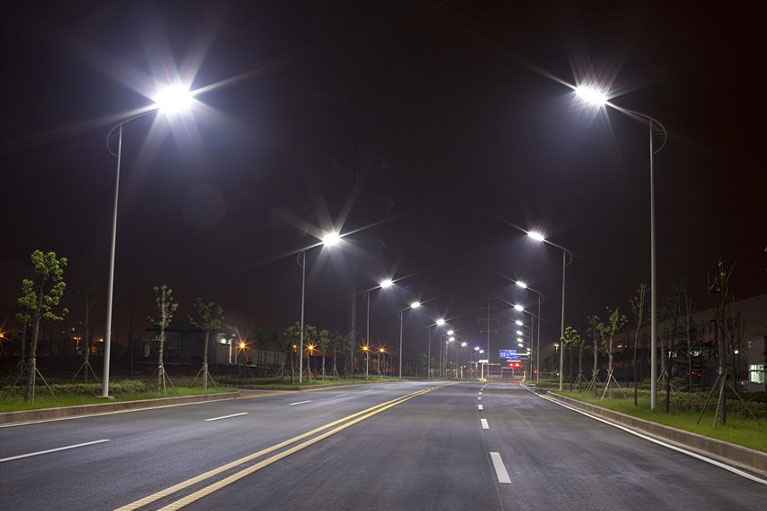In addition to the cost of energy, maintaining traditional lighting adds significant expenses to the local government’s operating tally. It costs a minimum of $50 to $60 to change a light bulb in an exterior application, and can cost as much as several hundred or even thousands of dollars when the fully loaded cost of maintenance (labor, benefits, equipment rental or depreciation, replacement parts, inventory storage, lost operating time) is taken into account.
By the time a municipality would need to perform the first maintenance call on its LED streetlamps (after about 10 years of 12 hour/day operation), the fixture should have paid for itself in maintenance savings, as conventional metal-halide bulbs will have had to be replaced about 8 times, or every 2.5 years. Over a 10-year period, the cities or power companies that own these fixtures could save approximately $400 per pole. New York City, which has about 300,000 streetlamps, could conceivably save $120 million over a decade.
Led lighting results in a reduction in maintenance cost, environmental protection, improve lighting quality to enhance vision and safety, and greatly save tax dollars. Most major municipalities have implemented Led Street Lighting because of its superior lighting and durability. Soft Starts for municipal pump stations and water treatment plants reduces start current, which renders a reduction in peak demand costs. These components also protect equipment from down time due to mechanical failure, which improves uptime and production efficiency.

